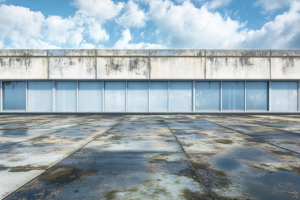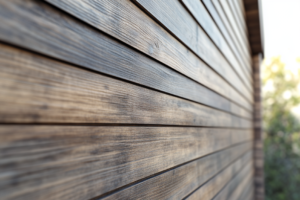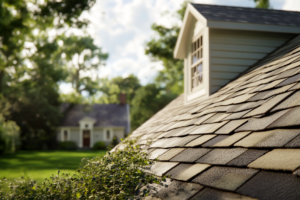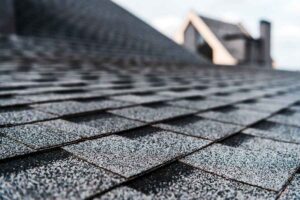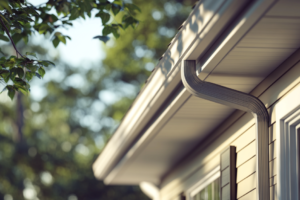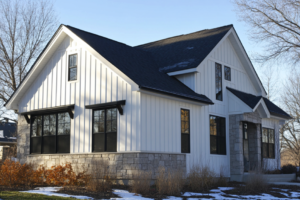Low-slope commercial roofing is a popular choice for businesses due to its cost-effectiveness and efficient use of space. Unlike steep-slope systems, flat commercial roofing offers a nearly level surface, making installation and maintenance easier. However, a well-designed guide to low-slope roofs is essential to ensure longevity and performance.
Understanding the structure, materials, and maintenance requirements of low-slope commercial roofing can help business owners make informed decisions. Whether you’re looking to install a new roof or extend the life of an existing one, knowing key facts can save you time and money.
What Defines Low-Slope and Flat Commercial Roofing?
Flat and low-slope commercial roofing systems are designed with minimal incline to allow water runoff while maximizing usable space. Despite being called “flat,” these roofs typically have a slight slope—usually less than 3:12 (a rise of three inches per foot).
Benefits of Low-Slope Roofs
- Cost-Effective Installation: Requires fewer materials and less labor compared to steep-slope roofs.
- Energy Efficiency: Many flat roofing systems support cool roofing technologies, reducing heat absorption.
- Space Utilization: Allows for HVAC units, solar panels, and even rooftop gardens.
- Easy Maintenance: Safer and more accessible for inspections and repairs.
Since flat commercial roofing is common in industrial and multi-unit buildings, proper drainage and material selection are crucial to prevent long-term issues.
Common Materials Used in Low-Slope Commercial Roofing
A variety of materials are available for low-slope commercial roofing, each offering unique benefits based on climate, budget, and durability needs.
1. Built-Up Roofing (BUR)
One of the oldest flat roofing systems, BUR consists of multiple layers of asphalt and fabric, topped with gravel or a reflective coating.
- Pros: Long lifespan, excellent waterproofing, and UV resistance.
- Cons: Heavy, labor-intensive installation, and potential odor during application.
2. Modified Bitumen Roofing
An evolution of BUR, modified bitumen features reinforced asphalt sheets that enhance flexibility and durability.
- Pros: Strong, puncture-resistant, and handles extreme temperatures well.
- Cons: May require heat-welding during installation, leading to higher labor costs.
3. Single-Ply Membranes (TPO, PVC, and EPDM)
Single-ply roofing membranes are widely used in modern flat commercial roofing due to their lightweight and durable characteristics.
- TPO (Thermoplastic Polyolefin): Energy-efficient, UV-resistant, and cost-effective.
- PVC (Polyvinyl Chloride): Fire-resistant, highly durable, and resistant to chemicals.
- EPDM (Ethylene Propylene Diene Monomer): A rubber roofing system known for its flexibility and weather resistance.
4. Metal Roofing
Metal is becoming a popular option in low-slope commercial roofing due to its longevity and sustainability.
- Pros: Highly durable, low maintenance, and reflects heat to reduce cooling costs.
- Cons: Higher upfront costs and requires insulation to prevent condensation issues.
Selecting the right material depends on factors like climate, building type, and long-term maintenance expectations.
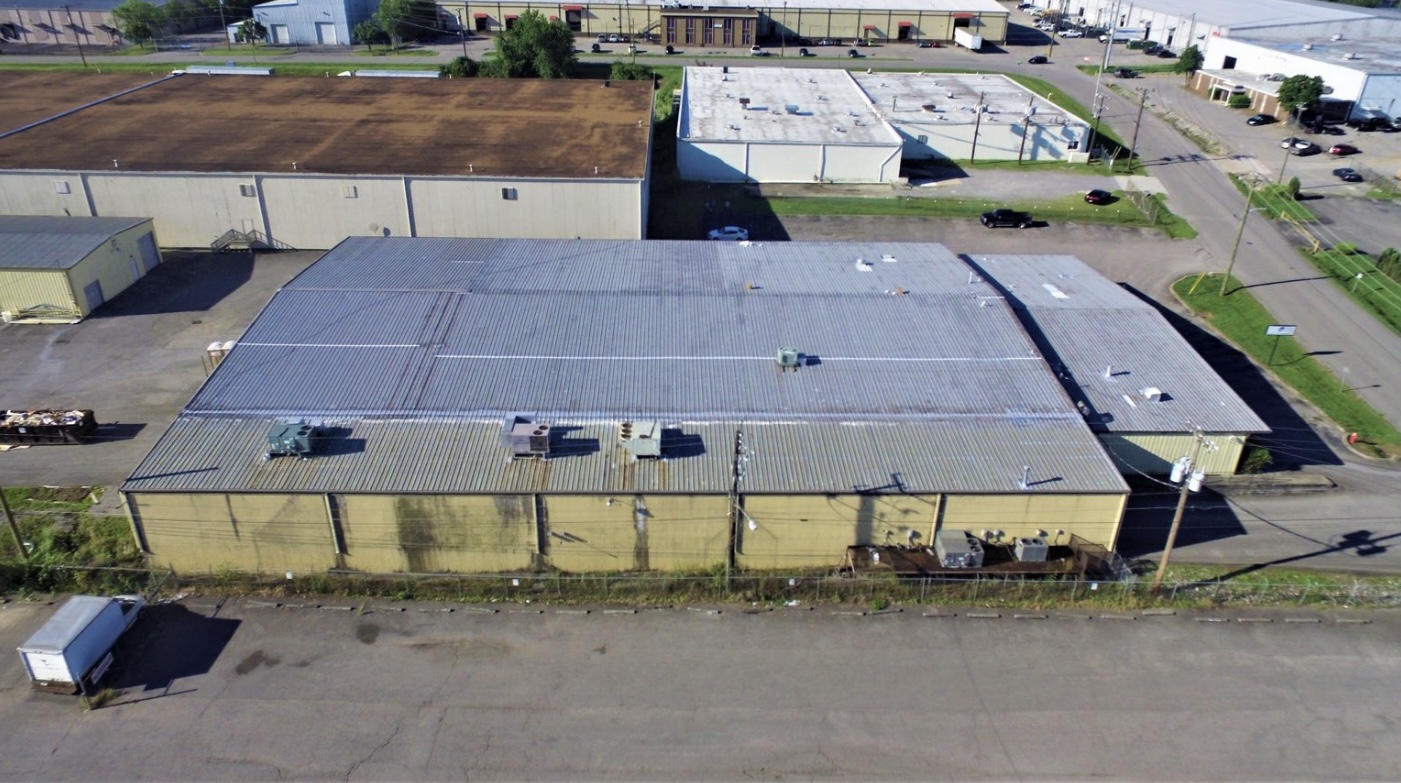
Drainage Considerations for Low-Slope Roofs
One of the biggest challenges in flat commercial roofing is water drainage. Without proper slope design, standing water can lead to leaks, structural damage, and premature wear.
Drainage Solutions for Low-Slope Roofs
- Tapered Insulation Systems: Helps direct water toward drains.
- Internal Drains and Scuppers: Designed to remove excess water efficiently.
- Gutter Systems: Essential for channeling runoff away from the building foundation.
The NRCA Roofing Guide emphasizes that maintaining proper drainage is essential for extending a roof’s lifespan. Poor drainage can lead to water pooling, which accelerates deterioration, promotes mold growth, and increases the risk of leaks. Regular inspections and proper gutter maintenance can help prevent these issues and protect your roof for years to come.
Insulation and Energy Efficiency in Low-Slope Roofing
A well-insulated low-slope commercial roofing system can significantly reduce energy costs. Proper insulation minimizes heat loss in winter and keeps interiors cool in summer.
Common Insulation Types for Low-Slope Roofs
- Polyisocyanurate (Polyiso): High R-value, moisture-resistant, and commonly used.
- Extruded Polystyrene (XPS): Strong, durable, and resists water absorption.
- Expanded Polystyrene (EPS): Cost-effective but requires additional protection.
By incorporating reflective roofing materials and insulation, businesses can improve energy efficiency and qualify for Energy Star tax incentives.
Signs of Damage in Flat Commercial Roofing
Regular inspections are essential for detecting early signs of wear and damage. Common issues include:
- Ponding Water: Indicates drainage problems that can lead to leaks.
- Membrane Tears or Punctures: Caused by weather, foot traffic, or debris.
- Seam Separation: Often results from thermal expansion and contraction.
- Blistering or Bubbling: Trapped moisture weakens the roofing system.

How to Extend the Life of Your Low-Slope Roof
Extending the life of flat commercial roofing requires routine maintenance and timely repairs.
Best Practices for Low-Slope Roof Maintenance
- Regular Inspections: Conduct seasonal checks to identify potential issues.
- Debris Removal: Clear leaves, dirt, and standing water to prevent damage.
- Seam and Flashing Repairs: Address small cracks before they expand.
- Protective Coatings: Applying a reflective or waterproof coating can enhance durability.
By following a proactive maintenance plan, business owners can prevent costly repairs and maximize the longevity of their roofing investment.
Upgrade Your Commercial Roof with Expert Help
Choosing the right low-slope commercial roofing system is essential for long-term performance. Understanding material options, drainage considerations, and maintenance strategies can help business owners protect their investment.
At 22nd Century Roofing, we specialize in flat commercial roofing solutions tailored to the unique needs of businesses. Whether you need installation, maintenance, or repair, our expert team is ready to help.
Don’t wait until minor issues become major problems—get a free inspection now to ensure your commercial roof is in top condition!

